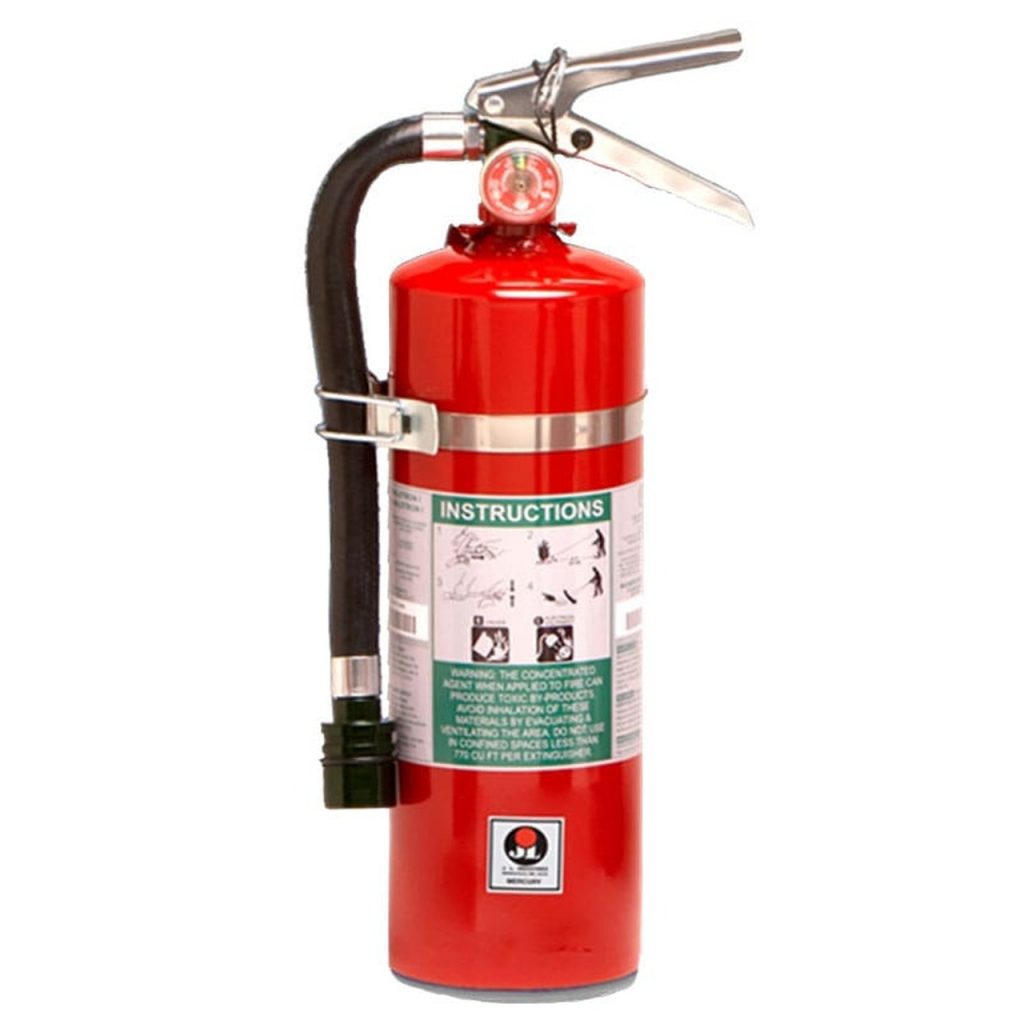Last Updated on March 4, 2024 by Tayyaba Shafqat
There are many types of fire extinguishers. You may have heard of water mist, carbon dioxide, and wet chemical extinguishers. What type of fire should you purchase for your home? This article will explain the differences between each of these types of extinguishers. The article will also explain which types are most effective in fighting electrical fires. A comprehensive list of these products will save lives and property.
Water mist extinguishers
The unique design of the Water Mist fire extinguisher makes it an ideal choice for Class A and Class C fires. It uses de-ionized liquid water, which minimizes the risk of electrical shock and scattering of burning materials. It is also safe for use in cleanroom environments, such as hospitals. It is UL listed and meets the NFPA 10 standard. Water mist fire extinguishers have many benefits, including the ability to put out fires quickly and efficiently.
Fire safety professionals consider the fire extinguisher to be the best choice for a commercial or industrial setting. It uses a special spraying agent that has a droplet size of 50 to 65 microns, which translates into rapid fire suppression. The unique spray technique converts heat from a fire into a cool stream of steam, creating a local inert atmosphere. It also cools down the fuel, resulting in a fire extinguishment that puts out both sides of the fire.
Wet chemical extinguishers
Wet chemical fire extinguishers are designed to fight cooking oil fires. They work by causing a light film to form on the surface of the burning oil, cutting off its oxygen supply and extinguishing the fire. They are certified by CE, LPCB, BSI, Marine and Global-Mark. They are an excellent choice for kitchens and other areas with oil or grease fires.
One of the most important safety measures for restaurants and hotels is installing wet chemical fire extinguishers in all areas of the kitchen. Such fires can be a real threat in a busy restaurant, as oil and grease can quickly spread throughout the entire restaurant or hotel. Using wet chemical fire extinguishers can help prevent these fires before they start and put out existing ones. Listed below are some benefits of having these fire protection devices installed in your kitchen:
Carbon Dioxide extinguishers
Carbon Dioxide extinguishers contain a dry, white, gas-like substance which is released under high pressure to put out fires. Despite its clean, non-conducting properties, carbon dioxide is not a safe fire-fighting agent and should not be used in enclosed spaces. The EPA recommends that carbon dioxide fire extinguishers be kept in a cool, dry place.
A CO2 fire extinguisher is most effective at suppressing electrical fires, as the gas displaces oxygen and cools the liquid. This makes it a safer choice for flammable liquids, such as petrol and oil, but is not suitable for use in kitchens and server rooms. Carbon dioxide also has a louder discharge than water-based extinguishers, so it is important to use caution when handling these equipment. If you want to avail information regarding fire extinguisher Test and Tag service, you can contact with us.
Carbon Dioxide extinguishers for electrical fires
If you work in an area where you frequently use electrical equipment, a Carbon Dioxide fire extinguisher is a must. Its unique properties make it ideal for such environments. Unlike water-based fire extinguishers, CO2 doesn’t leave a residue. These extinguishers are effective in many types of fire, including electrical fires. And because they don’t cause damage to electrical equipment, they’re practical for offices and other environments. A CO2 fire extinguisher suffocates the fire without any electrical damage, including short circuits, so they are a great choice for electrical equipment.
Carbon Dioxide is a non-conductive material, so they’re ideal for class E electrical equipment fires. Because they’re non-conductive, CO2 extinguishers can also be used for Class B fires involving flammable liquids. The cylinders are red, with a black band on the top. They have a different hose from other types, and end with a horn.

